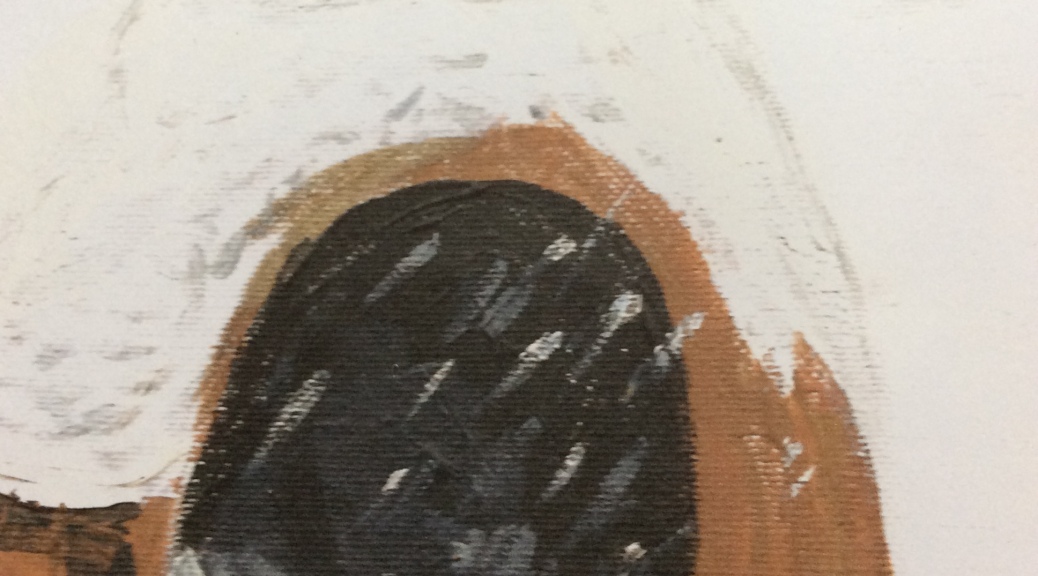This is the first article in a series that will provide information about Myasthenia Gravis. My target audience is patients, nurses and allied health providers. Anyone with an interest in learning more about the topic may find this helpful. I am a retired nurse and psychotherapist. I am a patient with the diagnosis of Myasthenia Gravis. Throughout my treatment, I have met many medical personnel who have not seen MG before. In my years working in healthcare and social services, I had not seen this disease. I am hoping that this article will help providers treat MG patients. I also intend to encourage patients to know their bodies and learn how to manage their own symptoms This is an effort to advocate for MG patients and the people in their lives. This is my way of flipping a negative experience around . Perhaps I can provide a service to someone who needs it. Here goes:
The name, Myasthenia Gravis, literally means “Grave Muscle Weakness”. Myasthenia Gravis is a chronic autoimmune neuromuscular disease. Immune systems normally protect our bodies. When someone has MG, the immune system mistakenly attacks the patient’s own body. Antibodies destroy receptors for acetylcholine at the neuromuscular junction. This prevents muscle contraction. Muscles do not receive the messages being sent. When antibodies attack and destroy communication between nerves and muscles, weakness in the skeletal muscles occurs.
MG is a rare disease. Most of the written sources that I have researched report that twenty per every one hundred thousand people acquire this disease. However, a provider recently told me that only three per million people acquire MG, worldwide. The nickname for this condition is “Snowflake Disease” because the symptoms vary from person to person. A patient with this disease may vary from day to day, sometimes from hour to hour. Myasthenia gravis can effect any of the voluntary muscles. Individuals may have one or many symptoms. The muscle weakness can occur on both sides of the body. The symptoms may come and go. The following are some symptoms of MG:
The eyes may be effected. Diplopia means double vision. The patient sees two or three images rather than one. Sometimes the images are overlapping and blurry. Ptosis means that one or both eyelids are drooping. Vision may become obstructed. Ocular symptoms are often the first signs of this disease. 15% of people with ocular MG have only ocular symptoms. Most people move on to experience weakness in other muscles.
About 15% of MG patients report their early symptoms as being face and throat muscle difficulties. Weak muscles in the mouth and throat can cause difficulties with speech, chewing, swallowing, and choking. Facial expression may be limited due to muscle weakness. An MG patient may have difficulty holding their head up.
Weakness in hands, arms and shoulders can make it difficult for a patient to lift their arms, wash their hair, shower, and brush their teeth. Arm and hand weakness can make it hard to lift items from cabinet and refrigerator shelves. Jars will become more difficult to open. Gripping items with fingers may be challenging.
Leg muscle weakness may make it difficult to stand after being in a sitting position. Walking may become difficult. Balance may be effected and may cause a wobbling gait.
When the diaphragm muscles are weak, breathing is difficult. The voice may become weak and raspy when these breathing muscles are not strong enough to move the larynx. .
Extreme fatigue often occurs. Activity worsens MG weakness. Rest improves symptoms. Remissions are possible. Exacerbations (flare ups) may occur. Myasthenia Gravis is not life shortening in the way that some illnesses predict that a person will live for a certain amount of time. Most MG patients will experience a normal life span. However, MG may be life threatening when the respiratory muscles are weakened.
Section One has been a description of Myasthenia Gravis. Future articles will describe diagnostic tests. Common treatments and medicines that may be prescribed by the Doctor will be listed. Myasthenia Gravis psycho socials needs will be addressed. My final section will be the story of my personal journey with this disease.
Sources: Genetics Home Reference @ U.S. National Library of Medicine, Myasthenia Gravis Foundation of America, Conquer MG (Myasthenia Gravis Association of Il), John Hopkins Medical Health Library, and The National Institute of Neurological Disorders and Stroke
Snowflake Art is provided by James Aiello, painter

Thank you for sharing this information, Jeri! ( and I love the art!)
LikeLike
You are very welcome. Thanks for reading.
LikeLike